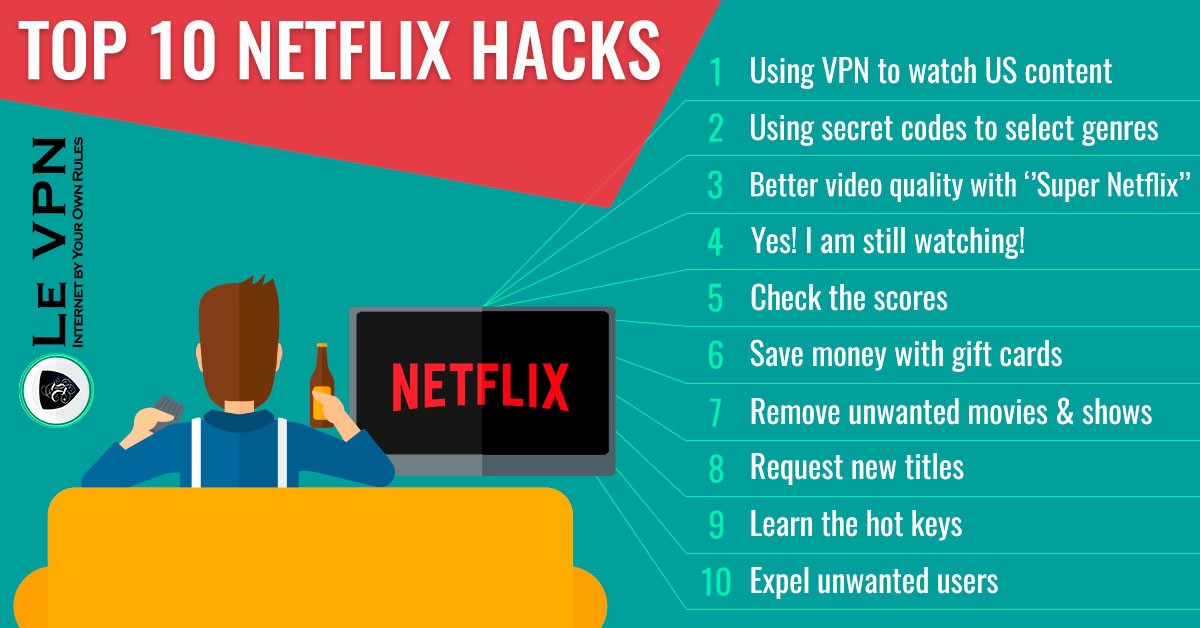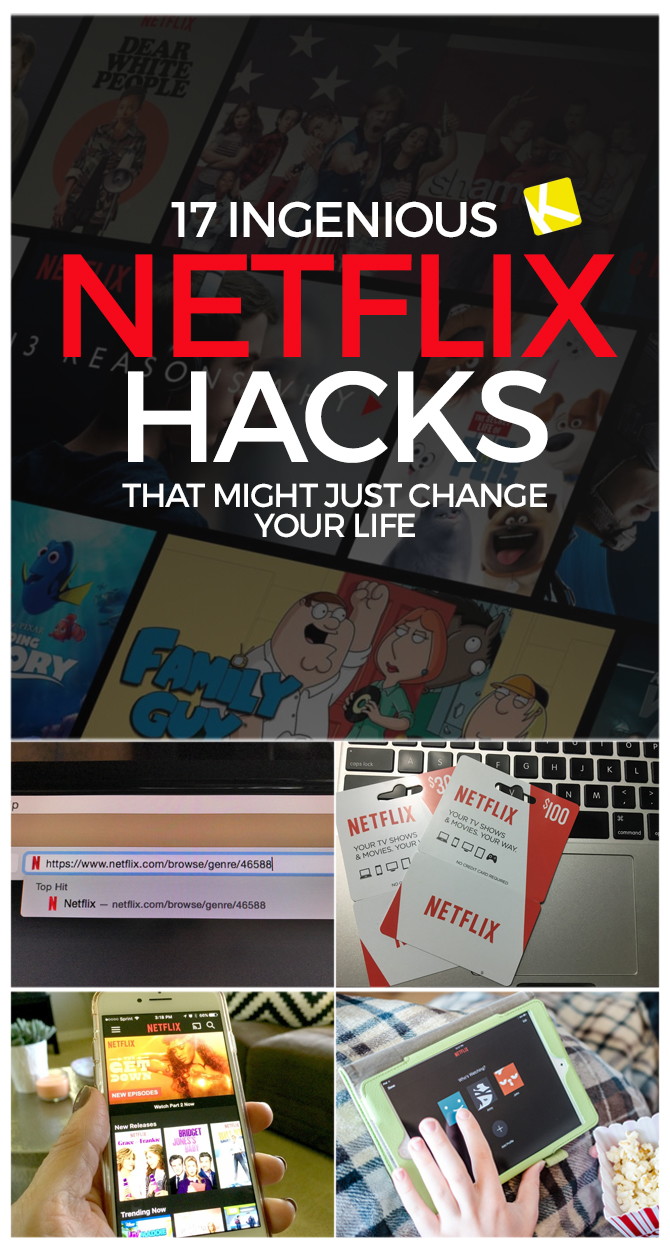
What Kaiser seems to realize is the point the film drives home: that the now-defunct Cambridge Analytica was a symptom of a disease plaguing society, one that won't be cured with the shuttering of a single data company. Instead, the pitch shows, it was a carefully calibrated social media disinformation campaign with the express intent of abusing existing racial tensions to achieve a certain electoral outcome. One particularly alarming find of hers is footage from a Cambridge Analytica sales pitch, in which the company touts how it suppressed voter turnout along racial lines in Trinidad and Tobago by creating a viral youth movement that seemed to those participating in it, and to outsiders, like an authentic, grassroots phenomenon.

We watch as she finds troves of information on her work computer, information that seemed mundane to her at the time, but that show the underhanded tactics of the company.

The most compelling moments come when Kaiser seems suddenly to understand that influencing voter behavior based on data tracking and psychology is not a morally neutral act. But that's part of what makes the journey of the film with her so intimate as the cameras follow Kaiser, she's grappling in real time with the consequences of what she has done. And though the directors show us deeply private conversations with her, why she chose to finally speak out against Cambridge Analytica is never made completely clear. In her capacity as an executive for Cambridge, she worked on the Leave.EU campaign and met with Julian Assange (a fact that later got her interviewed as part of the Mueller investigation). Though she started her political career as a volunteer for Barack Obama, she went on to write Cambridge Analytica's first contract with the Trump campaign. Kaiser emerges as a frustrating if fascinating character. "Blame it on me, Mark, go for it," she says, shaking her head. When Zuckerberg repeatedly blames Facebook's privacy problems on the lone wolf that is Cambridge Analytica, Kaiser rolls her eyes. It's in this moment that everything comes together: the quests of both main characters, the invisible structures of data and social media influence, and the creator of the platform that arguably kicked off the era and has the most power to change it. The directors give us a split screen to see their reactions, and splice in Carroll's tweets as well as the reactions of the general public on social media using the animations. when Kaiser and Carroll are both watching Mark Zuckerberg testify before Congress in early 2018. The visuals works perfectly in the middle of the documentary. Your phone spying on your conversations is a more intelligible way to explain perfectly placed ads in your social feed than the actual answer: that your data trail has made your motivations and behavior predictable. That's one reason, as Carroll points out in the film, why so many people believe their cell phone is listening to them. Even people who are creeped out by uncanny ad targeting, and know that misinformation campaigns can and have eroded democracy, have a hard time actually imagining how it all works. Like dust, this lucrative and shady business is so hard to see in action-even as we all participate in it-that the easiest thing is to ignore it. The data is this dust that we're exhausting, we're releasing." That dust, the film argues, is what Facebook and Silicon Valley, along with governments and firms like Cambridge Analytica use to exercise control over us.

It has to feel playful and kind of nice and light, and what could possibly go wrong?" he adds. They wanted to point out that each little data point we create throughout our day seems innocuous on its own. Emily Dreyfuss covers the intersection of tech and culture for WIRED.Īmer says they intentionally kept the visual language fun.


 0 kommentar(er)
0 kommentar(er)
